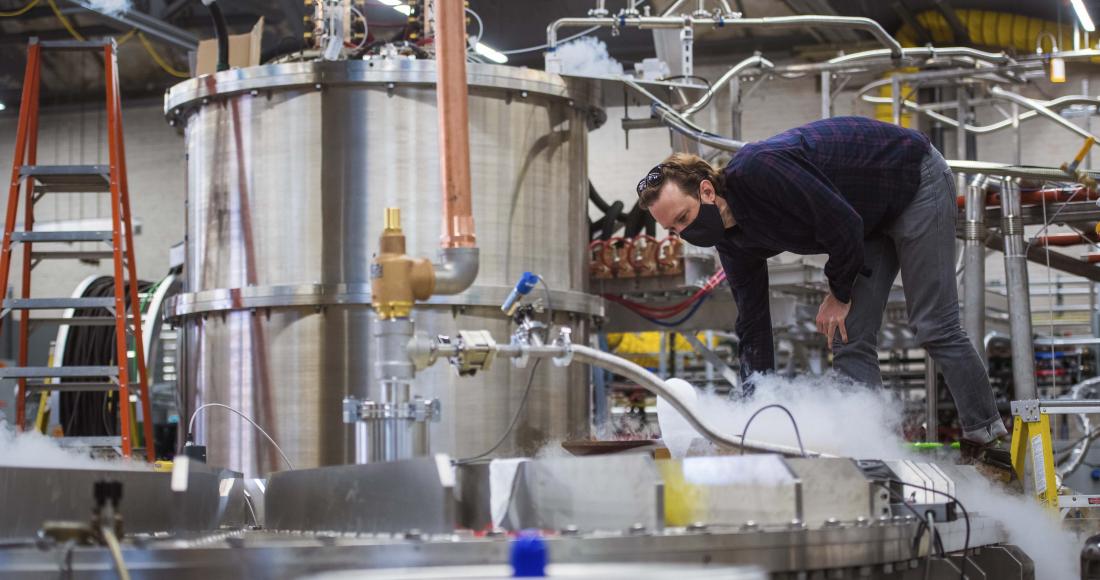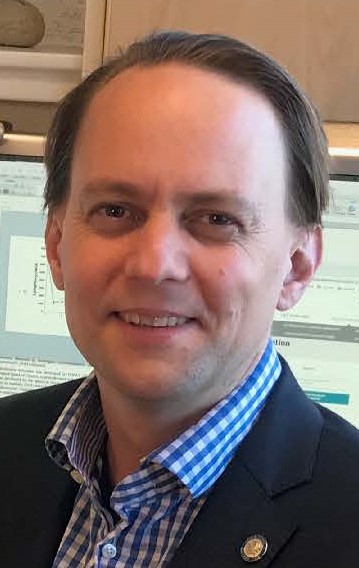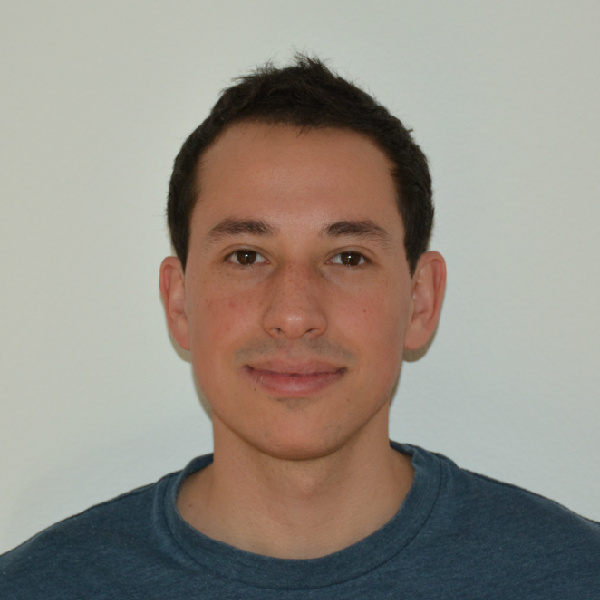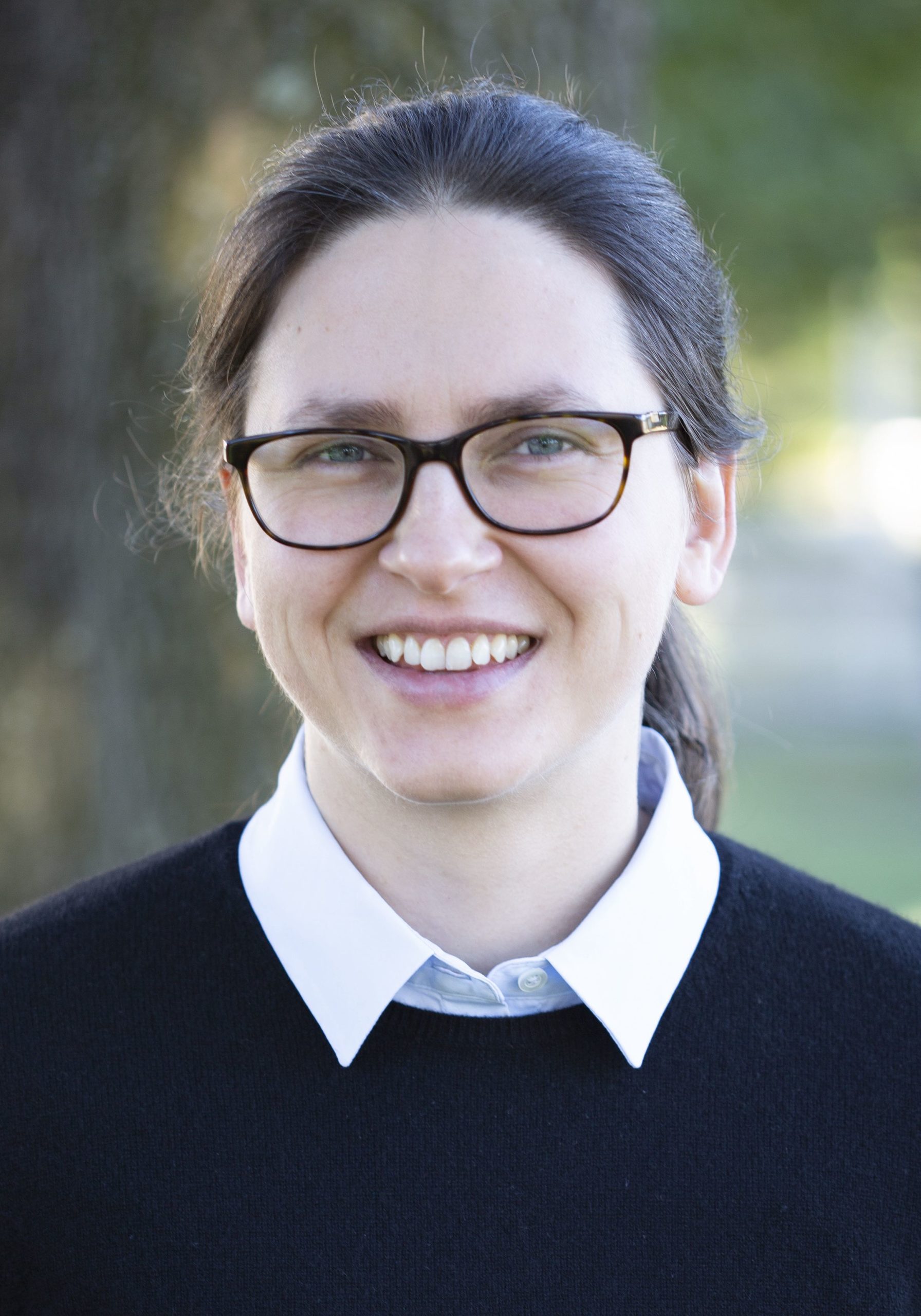Emerging Applications in Materials Science and Advanced Manufacturing at Lawrence Livermore National Laboratory
3105 Etcheverry Hall 3105 Etcheverry Hall, Berkeley, CA, United StatesManyalibo J. Matthews, Ph.D. Division Leader, Materials Science Division Lawrence Livermore National Laboratory Abstract: The demanding and ever-evolving missions of the Department of Energy call for increased responsiveness to the mission 'pull' while staying on the cutting edge of scientific advancements and anticipating programmatic needs through a technological 'push.' In this talk I will give …









